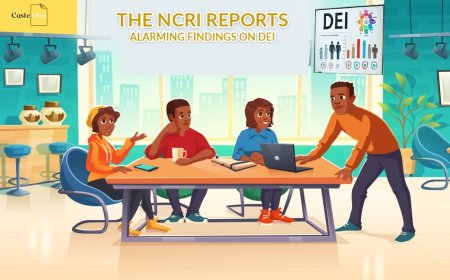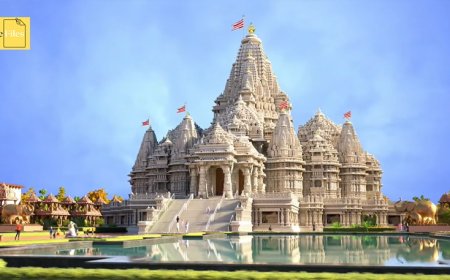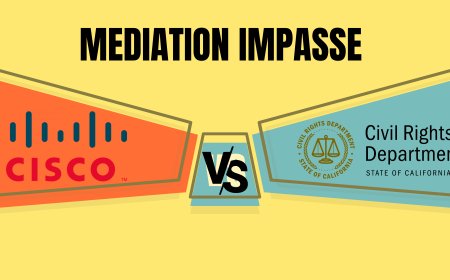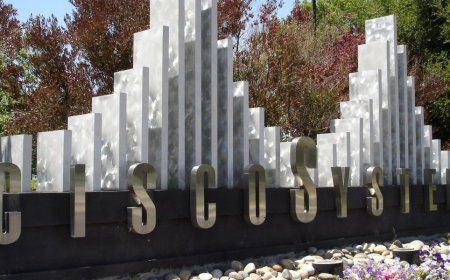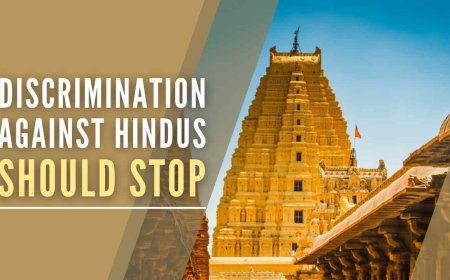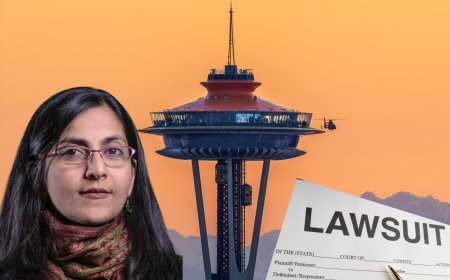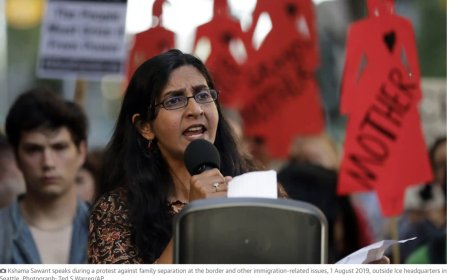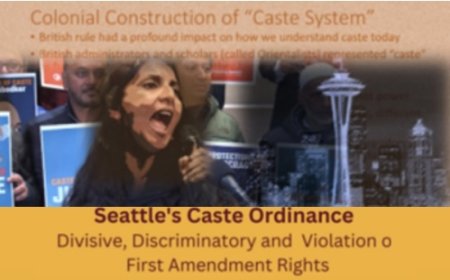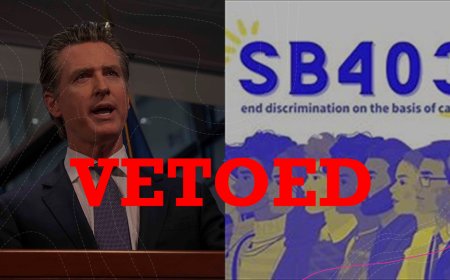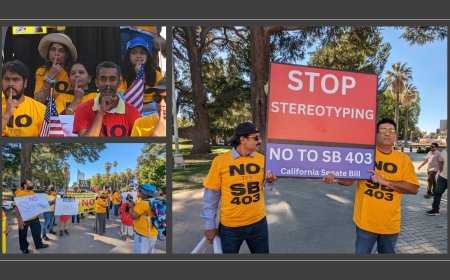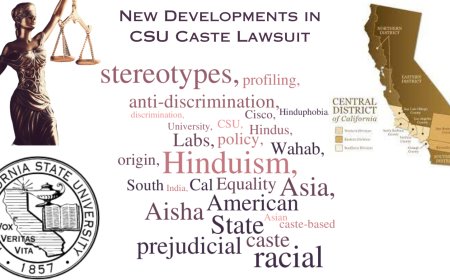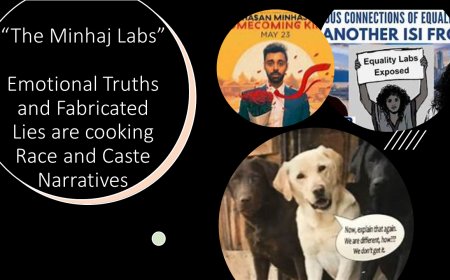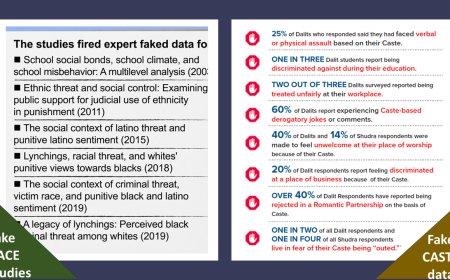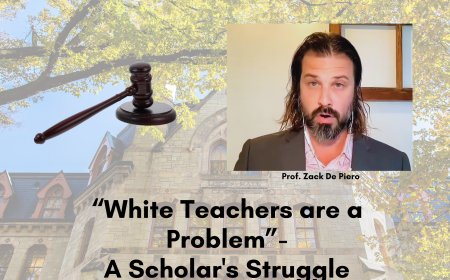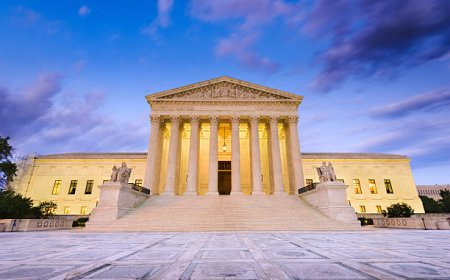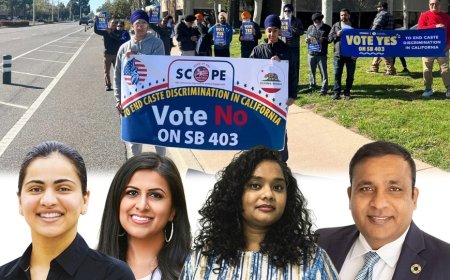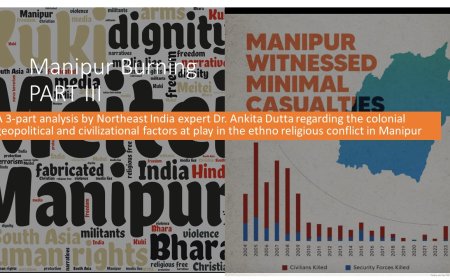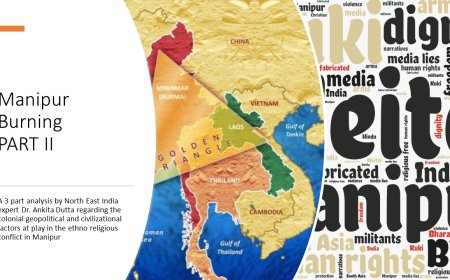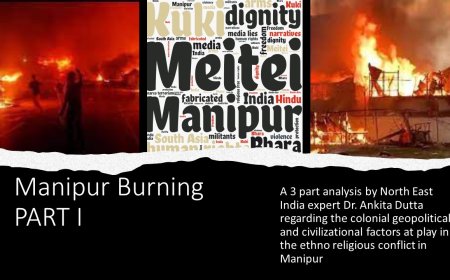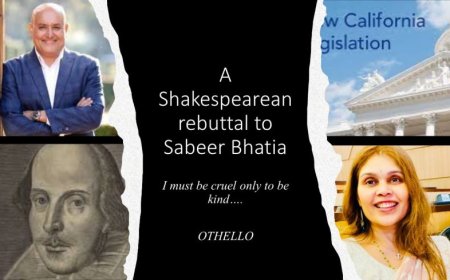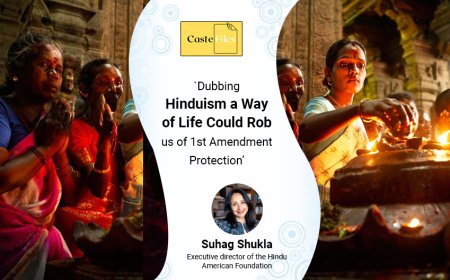Social Justice Advocate Tags Academia for Using Caste to Erase Indian Civilization"
As a Social Justice warrior, Sandeep Dedage has been advocating for inclusive representation of the rich tapestry of Hinduism, with its profound teachings and diverse cultural heritage shaped by the contributions of various communities and social backgrounds. The APNADB volunteer sounded a warning bell in 2016 about academia’s attempts to erase Indian civilization, using misplaced characterizations of caste in textbooks. Eight years hence, the weaponization of colonial caste tropes has not stopped. Its manifestation is tangible in academia enhanced further with mandatory Liberated Ethnic Studies [LES] , undermining the cultural and spiritual identity of the Hindu community. Shri Dedage examines the suppression of historical narratives, and the urgent need to protect and preserve the contributions made by all communities within Hinduism.
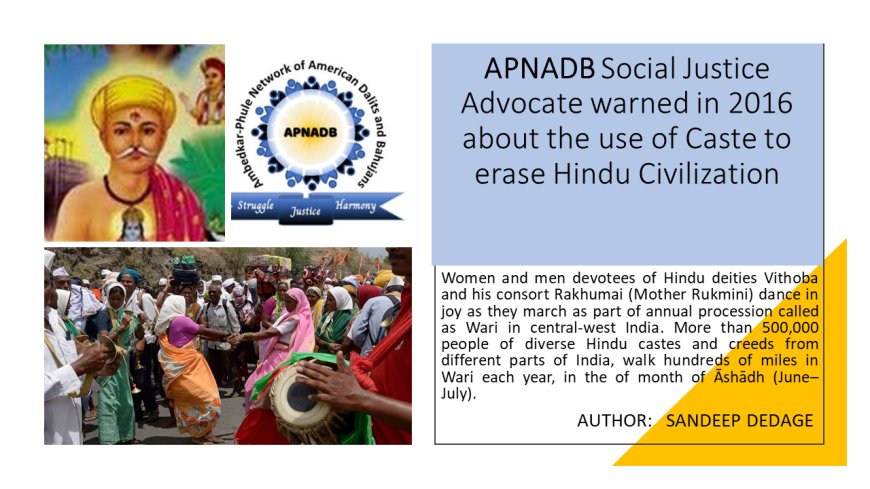
Don’t Use Caste To Erase Indian Civilization
By Sandeep Dedage
Jul 11, 2016, 11:42 PM EDT
I was born in a Shudra community to a family of peasants in Western India.
Today, my three children face an unusual challenge as California public school students, to their right to learn with accuracy their own cultural and spiritual heritage. A group of academicians calling themselves the “South Asia Faculty Group” (SAFG) is, under the pretext of protecting my children’s heritage, seeking to objectify and thereby obliterate us all together and erase Indian civilization and Hinduism from the textbooks. These academicians and their allied groups like the South Asian Histories For All (SAHFA), believe that my children’s ancestors, saints and sages hailing from peasant communities, often categorized as shudras or sometimes even outside the varna system, should be removed from the curriculum.
It is like someone telling my grandfather as he toiled on the farm, that he could not let his heart sing the words of Savta Mali because that didn’t fit their theory about Hinduism and caste. It is a complete silencing of who we are, and how we see our heritage

Women and men devotees of Hindu deities Vithoba and his consort Rakhumai (Mother Rukmini) dance in joy as they march as part of annual procession called as Wari in central-west India. More than 500,000 people of diverse Hindu castes and creeds from different parts of India, walk hundreds of miles in Wari each year, in the of month of Āshādh (June–July). VINAYAK JAGTAP, INDIA
Hindu Saints Mostly Non-Brahmins - From all Walks of Life.
Hinduism, since Vedic times, has evolved with contributions from diverse communities within. I feel proud that communities like the one I belong to have greatly contributed to Hinduism. It may be ancient Vedic sages such as Valmiki and Vyasa who were born into non-Brahmin families, or one of numerous later day spiritual figures such as Janabai, Ravidas, Sajan Kasai, Tukaram, Gora Kumbhar, Chokha Mela, and Nirmala Mahar, women and men who came from Dalit and “lower caste” communities like my own, have helped Hinduism grow, rejuvenate, and reform. They have been role models for Hindus of all social backgrounds. These are the kind of people that come to my mind when I think of Hinduism and its history.
Social inequities have existed in all societies across the world in terms of differences in class, race, gender, and so on. India is no exception. And as an advocate for social justice, I do not shy away from the need to question, fight, correct, and overcome the social ills that have accrued in society over time due to stagnation, decay, invasions, and colonialism. But the force to fight for social justice is not some gift given to us by the colonial British or the Western world. We have found the inspiration for our struggle within Hinduism and its traditions - from the Vedas that see divinity in all human beings, the Bhakti traditions which see no distinction of caste or class, the innumerable later day social reformer saints like Narayan Guru and Swami Vivekananda who questioned social ills and helped reform Hindu society.
SAFG and SAHFA Seek Erasure of the Complex Tapestry of Hindu Heritage
SAFG and its allies, while claiming to champion the cause of “lower castes” have not only failed to capture any of our contributions but has sought the erasure of whatever little exists about our heritage in the textbooks. For example, the group has callously advocated the removal of the mention in textbooks that great sages Vyasa and Valmiki were not born to Brahmin families. Take also the case where the Hindu community had requested that Sant Ravidas and Alvars, be added as examples of Bhakti saints. Sant Ravidas came from most underprivileged of backgrounds and went on to become one of the most admired spiritual leaders in Hinduism. This suggested inclusion was apparently rejected by the writing team of the Department of Education, as it “conflict[ed] with another submission” ― that of SAFG, that did not even care to mention any of such saints, preventing their spiritual teachings and contributions from being mentioned in the textbooks.
An impression also is being created that demanding a fair and equitable portrayal of Indian civilization and Hinduism in California school textbooks is unjust or runs contrary to the interests of underprivileged sections of Indian society as if these communities are not Hindu or Indian! This view essentializes Hinduism into “Brahminism,” eliminates the contributions of diverse communities within Hinduism, and forces these communities into conflict with their own civilization.
Churchill's Colonial Divisive Logic Thrives in U.S. Textbooks
In 1931, at the peak of British colonization of India, Winston Churchill had argued that, “To abandon India to the rule of the Brahmins would be an act of cruel and wicked negligence.” The British, characterized the call for Indian Independence by Mahatma Gandhi and other leaders as merely a “Brahminical” concern, and presented themselves as saviors of the so-called “lower castes”. This trademark ‘Divide and Rule’ policy was used by colonialists to legitimize colonial rule while perpetrate the most gruesome of horrors on the very Indian people. It is indeed a tragic irony that similar arguments are being used today by the SAFG to justify the erasure of Indian civilization, as well as the heritage and contributions of communities such as mine.
As someone rooted in Indian heritage, I have been actively participating in K-12 History-Social Sciences Framework update that has been ongoing for the last two years. I have faced many struggles and debates over this issue, but what has been most shocking is the very motivated attempt by SAFG to use me and people sharing my heritage, as mere objects in their attempt to erase, belittle, and demean Indian civilization. I reject their claim entirely.
My children deserve to be told the truth about their ancestors, and not lies about them being mere nobodies and victims who did not contribute to the building of Indian civilization.
Hinduism and Indian Civilization belongs to Dalits and “lower castes” as much as it belongs to any other community. In fact, it belongs to us even more. If you erase Indian civilization and Hinduism, you erase us too.

